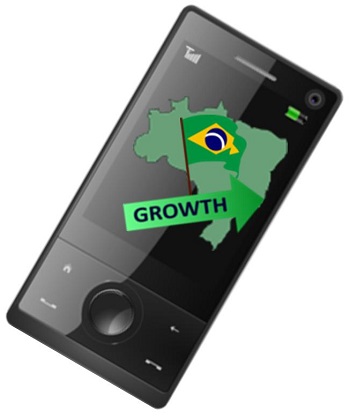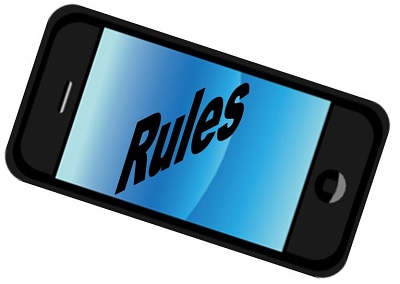Despite the success of smartphone based shopping in the country, there are still a number of hurdles to overcome.
According to a recent mobile commerce report that was published under the title “WebShoppers”, by the e-Bit consultancy firm, the number of people in Brazil who are using their smartphones for online shopping purposes has increased by 84.2 percent within the last 12 months.
In June of this year, m-commerce represented 7 percent of the total transactions occurring online.
When compared to the figure at the same time last year, which was only 3.8 percent, it is clear that mobile commerce is an area that is making rapid headway within the Brazilian marketplace. During that same period of time, the number of transactions that were actually carried out totaled 2.89 million. This brought in $497 million, said the report. Among the top performing segments over mobile shopping were fashion and accessories, as well as cosmetics and health products, and electronics.
The report believes that if the rate of growth continues this year, mobile commerce will represent 10 percent of online shopping.
 Fashion and accessories made up 18 percent of all of the m-commerce sales. This was followed by the cosmetics and health products category which brought in 16 percent of the sales over smartphones and tablets. Eleven percent went to the sales of electronics products. The report predicts that online outlets in Brazil will have served 63 million unique customers by the close of 2014.
Fashion and accessories made up 18 percent of all of the m-commerce sales. This was followed by the cosmetics and health products category which brought in 16 percent of the sales over smartphones and tablets. Eleven percent went to the sales of electronics products. The report predicts that online outlets in Brazil will have served 63 million unique customers by the close of 2014.
Comparatively speaking, while the e-Bit prediction is that mcommerce will represent 10 percent of the total of online sales in Brazil, in the United States, that figure is expected to by 29 percent, according to Forrester Research.
Though the growth of mobile commerce is quite strong in Brazil, the report has identified a number of barriers that have stopped it from keeping up with certain other markets, such as the United States. This includes the low penetration of residential WiFi, as well as the issues with 3G coverage. The e-Bit report identified those struggles as the main problems standing in the way of the true success of the channel.

 This was for the week that ended on July 13. According to Agnoli, the one strong point of the
This was for the week that ended on July 13. According to Agnoli, the one strong point of the 